From Wall Street to the Canvas: How One Iconoclast is Redefining Pop Art with Unstoppable Swagger
Ever wonder what it feels like to clock more degrees than a thermometer sizzling in a heatwave? Yeah, that’s Sean Go — a guy whose résumé looks like someone mashed up Wall Street’s sharp suits with the bold strokes of the pop art world. But here’s the kicker: Sean isn’t just juggling impressive credentials; he’s pioneering a blend where razor-sharp financial intellect crashes headlong into rebellious creativity. Imagine the guts it takes to flip from the rigid numbers game of finance to an art scene that’s anything but predictable. This isn’t some casual hobby shift — it’s a full-throttle rebellion wrapped in bright colors and critical wit. His work peels back our consumer-driven culture, challenging us to question the very things we think we “want.” If you ever felt boxed in by the usual career playbook, Sean’s journey might just light a fire under you. Ready to dive into the mind of this unconventional powerhouse? LEARN MORE
He’s got more degrees than a thermometer in a heatwave and a resume that reads like a dream collaboration between Wall Street and the art world.
Sean Go isn’t just an artist; he’s a statement. A living, breathing testament to the idea that true “swagger” isn’t about fitting in, but about forging your own path, even if that path winds from the high-stakes world of finance to the vibrant, often rebellious, realm of pop art. This isn’t just a career pivot; it’s a defiant leap into a space where intellect meets unapologetic creativity, all wrapped in a uniquely critical perspective on the consumer-driven world we inhabit.
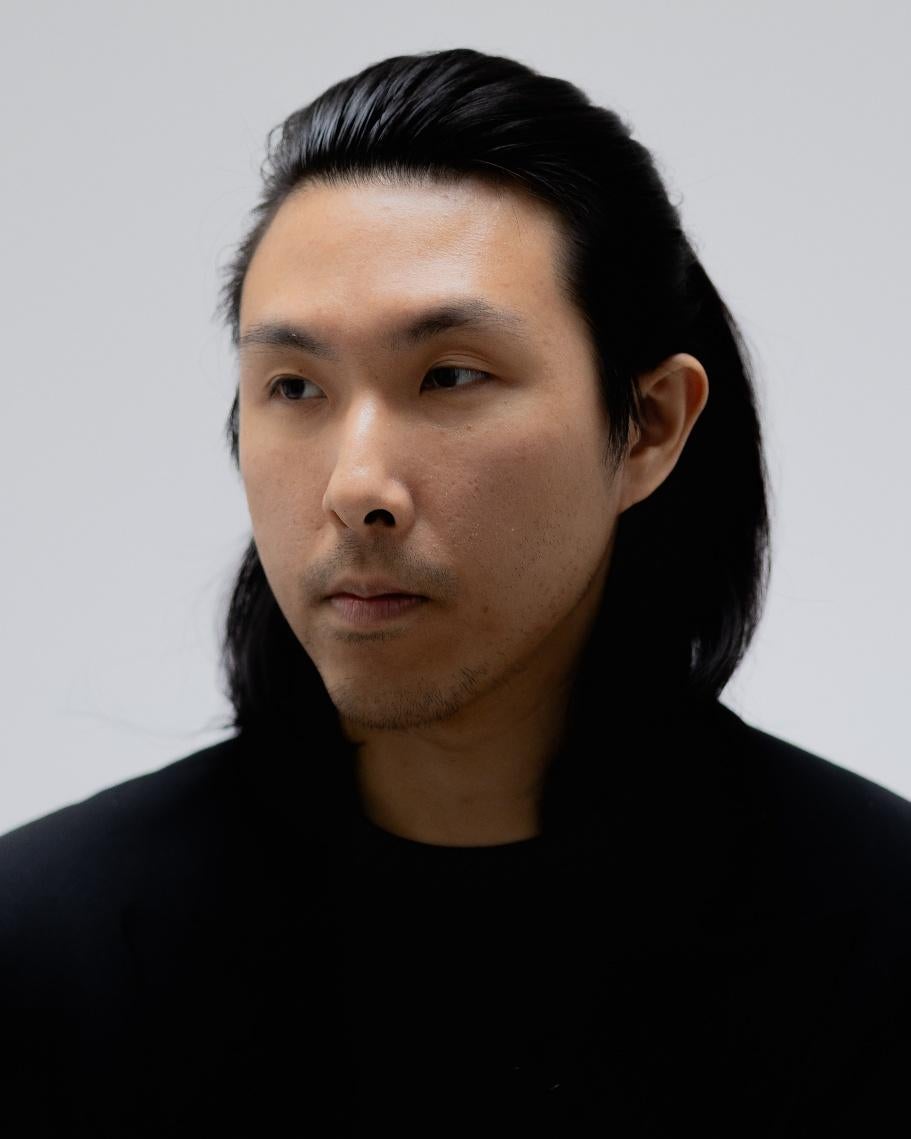
SWAGGER Magazine caught up with Sean Go to peel back the layers of this fascinating polymath.
SWAGGER Magazine: Sean, your background is seriously impressive—multiple master’s degrees, a career in finance, and studying at Parsons Paris. How does that kind of intense, often analytical background influence your artistic themes, especially your critiques of capitalism and consumerism?
Sean Go: Honestly, it’s pretty central to everything I do. When you’ve been deep in the financial world, you see how the gears really turn, how consumerism is built, and how it really gets into our heads. I’ve seen firsthand how money moves, how brands are built, and how narratives are constructed to get people to buy into things – literally and figuratively. So, when I’m painting, I’m not just slapping some bright colors on a canvas; I’m kind of deconstructing those mechanisms.
My art often takes those familiar pop culture symbols, the ones we all love and recognize, and recontextualizes them to make you think twice about what you’re actually consuming, or what values you’re unconsciously buying into. It’s like, yeah, it looks fun and colorful, but there’s a little Trojan horse in there to get you thinking about the bigger picture.
SM: That’s a huge jump. What was the turning point that made you say, “Okay, I’m going to leave behind the more traditional career path and pursue art full-time?”
SG: You know, life has a funny way of pushing you. I had a really close friend pass away quite young, and it just hit me hard. It was a massive wake-up call that life is super fragile and short. You spend so much time chasing what you think you should be doing, or what society tells you is “successful.”
But after that, it became crystal clear that if I wasn’t doing something that truly resonated with me, something I was passionate about, I was wasting precious time. Art has always been my first language, my way of making sense of the world, even when I was deep in the finance grind. So, it wasn’t so much a sudden jump as it was an inevitable return to who I always was, just with a lot more life experience and a clearer vision of what I wanted to say.
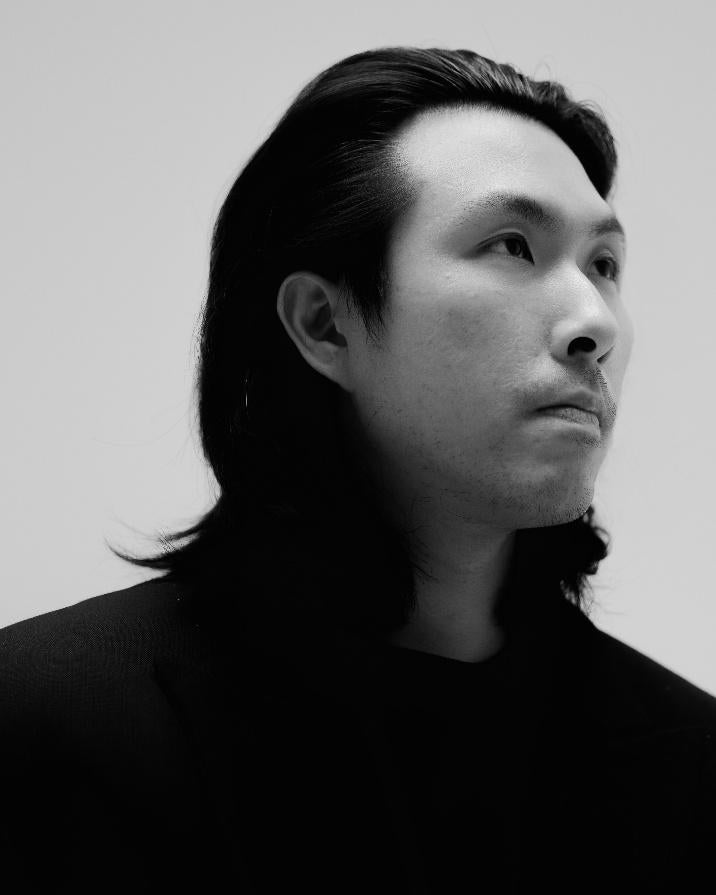
SM: How do you reconcile these seemingly disparate worlds – high finance and pop art – in your personal identity and your work? Do they ever clash, or do you find a synergy?
SG: I think they feed each other, actually. At first glance, they might seem totally opposite, but there’s a lot of overlap in terms of strategy, understanding markets (whether financial or cultural), and even risk-taking. My finance background taught me discipline, analytical thinking, and how to structure complex ideas. Art, on the other hand, is all about intuition, expression, and challenging those structures.
So, I get to use both sides of my brain. I’m not just making pretty pictures; I’m approaching art with a certain intentionality and critical lens that’s definitely informed by my years in finance. It’s a synergy that creates something I hope is both visually engaging and intellectually stimulating. Plus, it gives me a unique perspective on the commercial side of the art world – how it operates, where the value truly lies, and how to navigate it on my own terms.
SM: For anyone out there reading this, maybe in a traditional career but secretly dreaming of something more creative, what advice would you give them about pursuing unconventional passions?
SG: Don’t wait for permission. Seriously. The biggest hurdle is usually yourself, that voice telling you it’s not practical or you’re not good enough. Life’s too short to live with “what ifs.” Start small, on the side, if you have to. But keep nurturing that passion. Also, don’t be afraid to leverage what you already know. My finance background isn’t something I just threw away; it’s a part of my story and informs my work. Every experience you have, every skill you’ve gained, can be a tool in your creative arsenal. And finally, just put yourself out there. The art world, like any other, is about connections and showing up. Be authentic, work hard, and the rest will follow. It’s a journey, not a sprint, and sometimes the most unconventional paths lead to the most rewarding destinations.
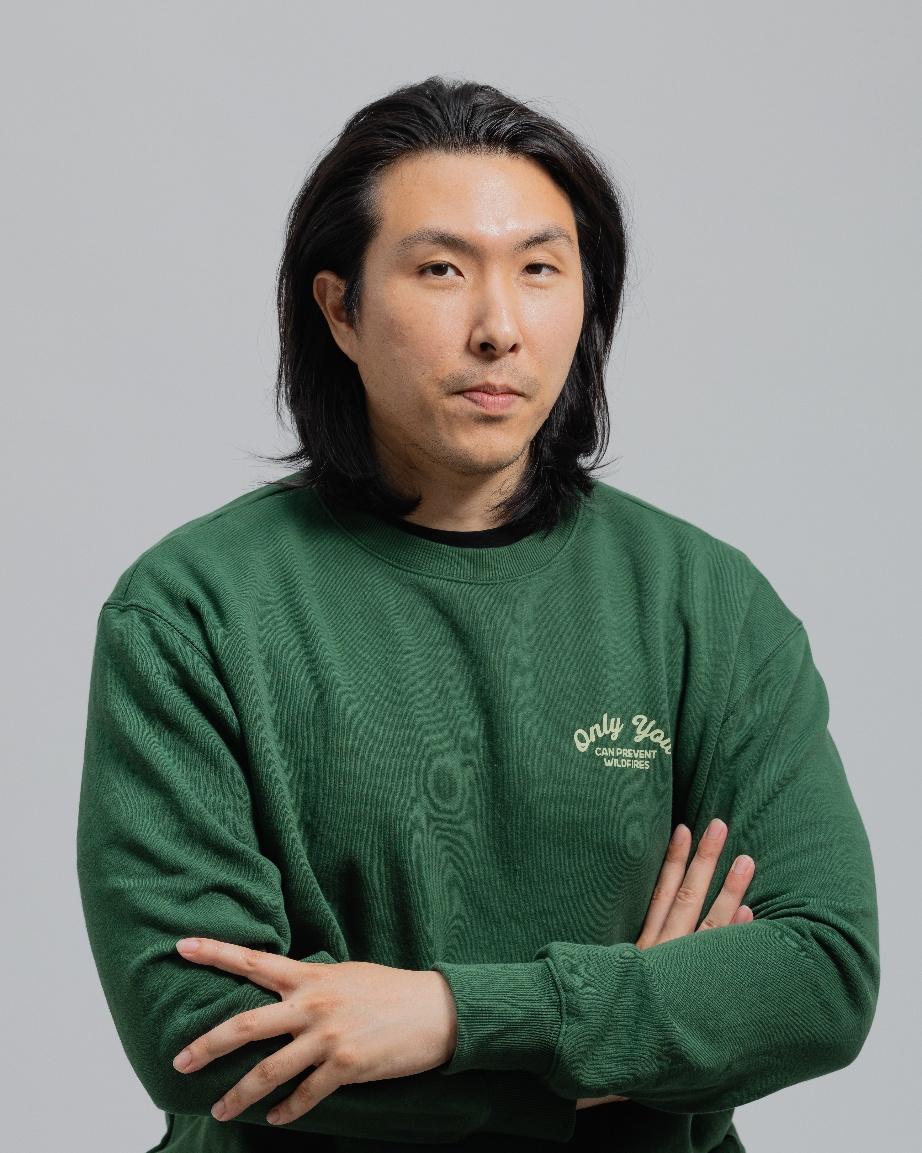
SM: Being a global artist must come with its own unique set of pressures. What are some of the biggest challenges you face when you’re exhibiting in different countries, dealing with diverse audiences and markets?
SG: Oh, there are definitely pressures. Logistically, it can be a headache – shipping, customs, making sure everything arrives safely and on time. That’s a whole beast in itself. Then there’s the cultural aspect. While my work uses global pop culture, interpreting it can vary. What might be funny or poignant in one place could be completely missed or even misunderstood in another. You have to be aware of those nuances without letting it dictate your artistic voice.
SM: In a world often defined by rigid career paths, Sean Go stands as a powerful counter-narrative. His journey from the analytical precision of finance to the vibrant, expressive world of pop art isn’t just a testament to his versatility, but a bold declaration that true success lies in the courage to redefine one’s own trajectory. With every brushstroke and every international exhibition, Go doesn’t just create art; he crafts a compelling argument for living a life unconstrained by conventional expectations, proving that the most authentic swagger comes from within.
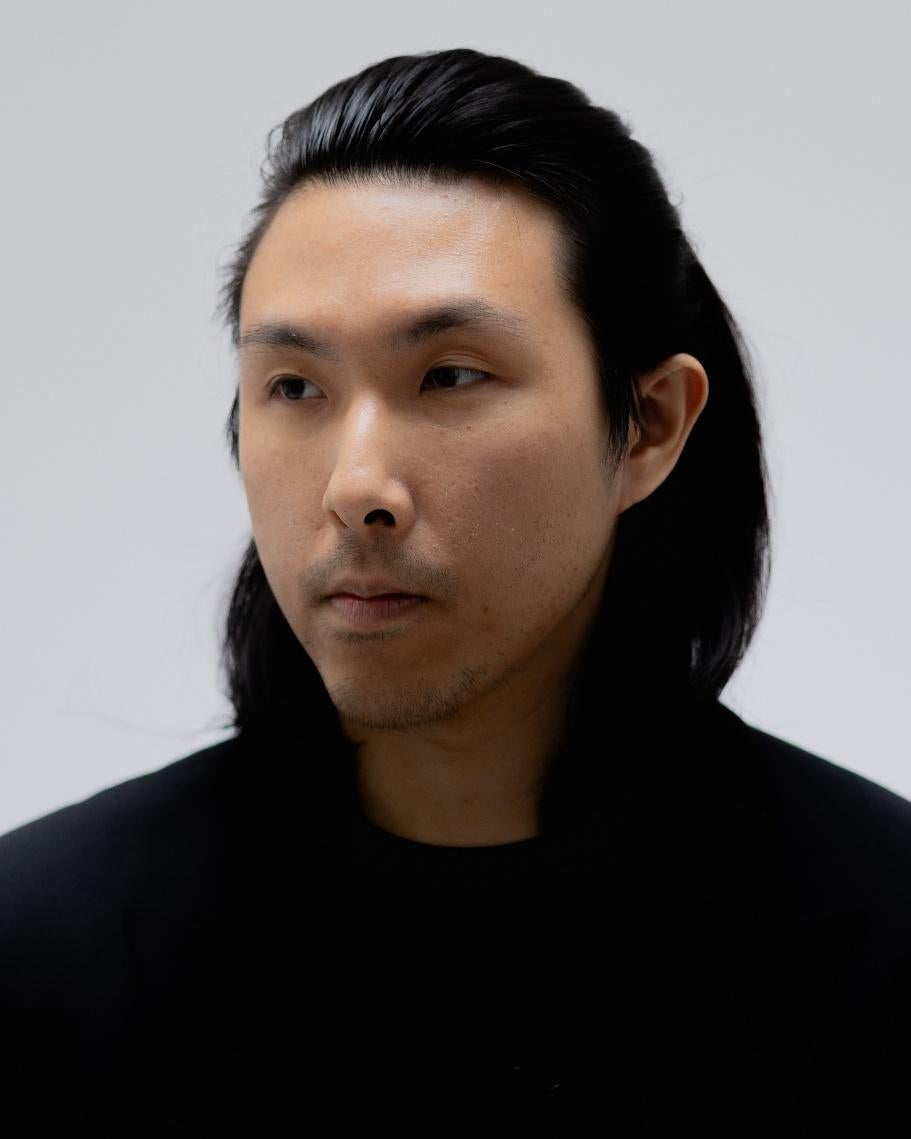





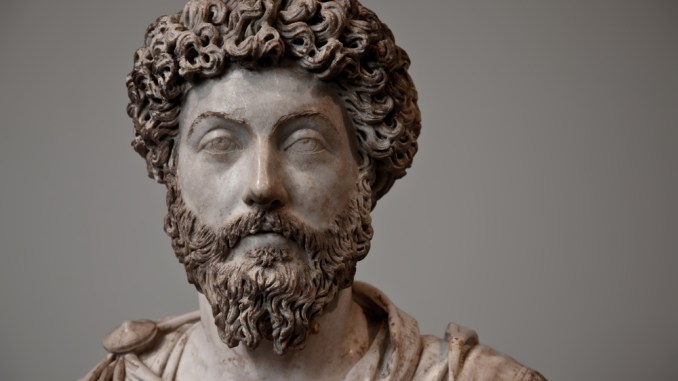
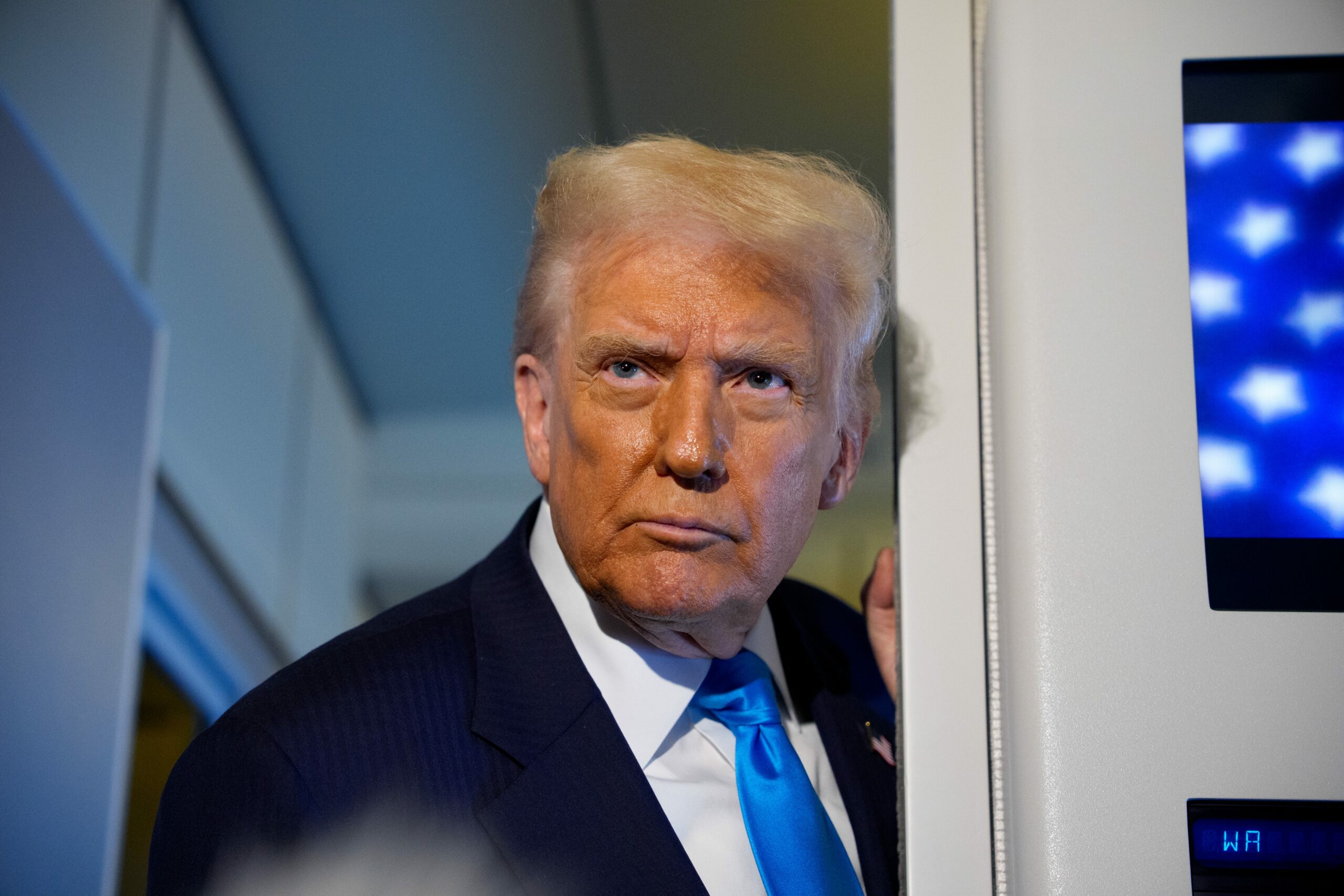

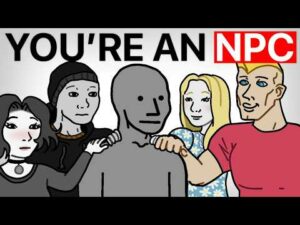







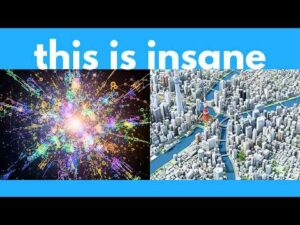


Post Comment